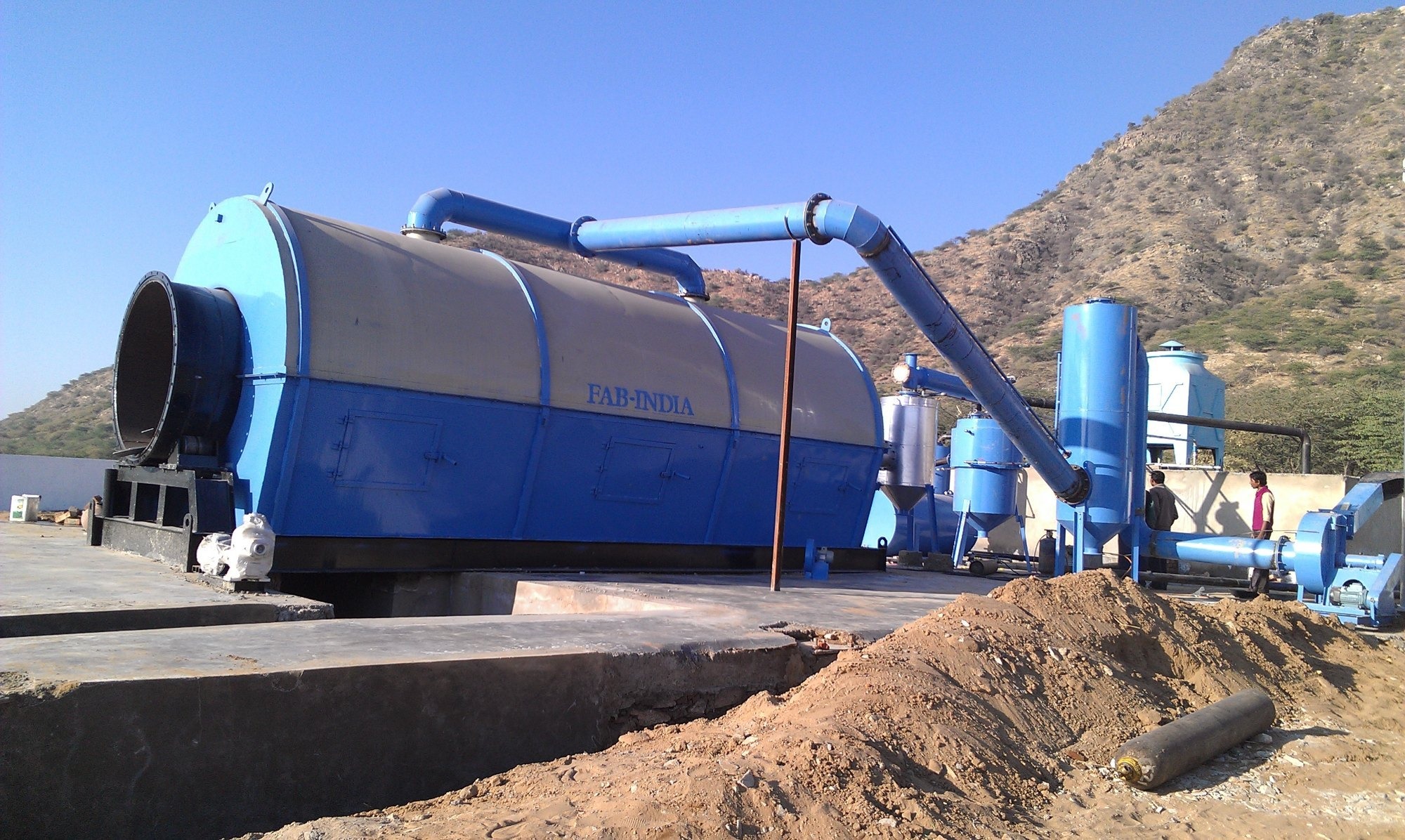A project report is a structured document that provides details about a project’s objectives, execution, progress, and outcomes. Whether you are working on a business project, research assignment, or an NGO initiative, an effective project report helps communicate the essential aspects clearly. If you are looking for guidance on writing an NGO project report, this article will help you understand the key elements required for an impactful report.
Importance of a Project Report
A project report serves multiple purposes, such as:
- Documenting progress and activities
- Providing transparency to stakeholders
- Ensuring accountability
- Highlighting project achievements and challenges
- Assisting in future planning and decision-making
In the case of an NGO project report, it is crucial to highlight the impact on beneficiaries, fund utilization, and the overall progress of the initiative.
Steps to Write an Effective Project Report
1. Understand the Objective
Before drafting your project report, define the purpose. Ask yourself:
- Who is the audience?
- What key information should be included?
- How will the report be used?
For an NGO project report, the objective might be to present progress to donors, partners, or governing bodies.
2. Structure Your Report
A well-structured report enhances readability. The key components of a standard project report include:
a) Title Page
The title page should include:
- Project name
- Organization’s name (if applicable)
- Date of submission
- Author’s details
b) Executive Summary
A brief summary outlining:
- Project objectives
- Key achievements
- Challenges faced
- Future recommendations
For an NGO project report, ensure that this section highlights the project’s social impact.
c) Introduction
Explain the background and purpose of the project. This section should answer:
- Why was the project initiated?
- What problem does it address?
- Who are the stakeholders involved?
d) Project Objectives
Clearly define:
- The goals and expected outcomes
- How these objectives align with organizational or donor goals
e) Methodology
Describe:
- The strategies and activities implemented
- The timeline followed
- Resources used (financial, human, and material)
For an NGO project report, ensure that you highlight fieldwork details, community engagement methods, and challenges encountered during implementation.
f) Project Implementation and Progress
This section should present:
- Key milestones achieved
- Tasks completed
- Deviations from the plan and corrective actions taken
Using visuals such as charts, graphs, and tables can make the report more engaging.
g) Financial Report
For an NGO project report, financial transparency is crucial. Include:
- Budget allocation
- Fund utilization breakdown
- Major expenses
- Any discrepancies and justifications
h) Outcomes and Impact
Explain the impact of the project, including:
- Beneficiaries reached
- Positive changes observed
- Feedback from stakeholders
Case studies or success stories can be included to make this section more compelling.
i) Challenges and Lessons Learned
Discuss:
- Major challenges faced
- How they were addressed
- Lessons that can improve future projects
j) Conclusion and Recommendations
Summarize:
- Key findings
- Suggestions for improvement
- Future plans for sustaining the project
k) Appendices and References
If needed, include:
- Supporting documents
- References to studies, reports, or policies
Best Practices for Writing a Project Report
1. Maintain Clarity and Simplicity
Use clear language and avoid jargon. An NGO project report should be easy to understand for diverse audiences, including donors, policymakers, and community members.
2. Use Data and Evidence
Support claims with:
- Statistics
- Testimonials
- Case studies
3. Keep It Concise and Structured
Avoid unnecessary details. Stick to the key points while maintaining completeness.
4. Proofread and Edit
Ensure grammatical accuracy and coherence before finalizing the report.
5. Use Visuals
Graphs, images, and infographics make reports more engaging and impactful.
Conclusion
Writing an effective NGO project report requires careful planning, structured presentation, and clear communication. By following the above steps and best practices, you can create a well-organized report that effectively conveys project details, impact, and outcomes. A well-drafted report not only documents progress but also strengthens credibility and accountability, making it an invaluable tool for future project planning and funding opportunities.









